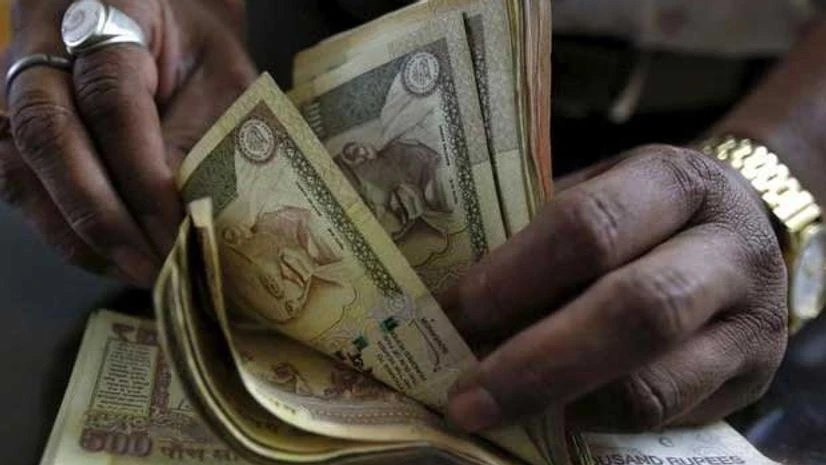When it comes to currency notes, Rs 500 bills top the demand charts in India, followed by thousand-rupee notes at the second place, an Assocham study said today.
Of all bank notes in circulation, Rs 500 denomination bills accounted for 46%, while thousand-rupee notes were close behind at 39.3% as on March 2015.
Showing its poor purchasing power, the Rs 100 notes accounted for just 10.5% of total currency notes in circulation, Assocham said in its survey based on RBI data.
Also Read
Among other denominations, twenty-rupee notes account for less than 1% of the currency in circulation and Rs 50 notes are just about 1.2% of the cash in circulation, the chamber observed.
In March 2013, twenty rupee notes accounted for 5.2% of the total cash which got reduced to 0.6% in March, 2015. While fifty rupee notes accounted for 4.7% of the total circulation in the same month of that year.
"The cost of living has gone up so much in the last few years that smaller notes do not fetch you the kind of goods, services that could be bought not in the distant past. What is notable is that these notes have lost a huge value in the last two and half years," Assocham Secretary General D S Rawat said.
On the other hand, the thousand-rupee notes made up just about 5.9% of the cash in the system in March 2013. Whereas, Rs 500 notes shows the circulation has increased from 14.6% to 46%.
"Today, a home maker does not step out of the house with less than Rs 500 in case she wants to make basic purchases like daily vegetables, some atta or loose cooking oil when it comes to labour strata.
"For the middle class, the Rs 500 note is just about commuting expenses, tea, coffee in office. For buying vegetables and fruits and milk and some breads, eggs, etc Rs 1,000 note is a must," the industry body pointed out.
Notes below the denomination of Rs 20 have lost place in circulation with coins taking their place.
Even among the coins, it is the Rs 5 coin which is in maximum demand accounting for 33% of all coins in circulation, followed by the two-rupee coins (27.8%), Assocham said.

)
